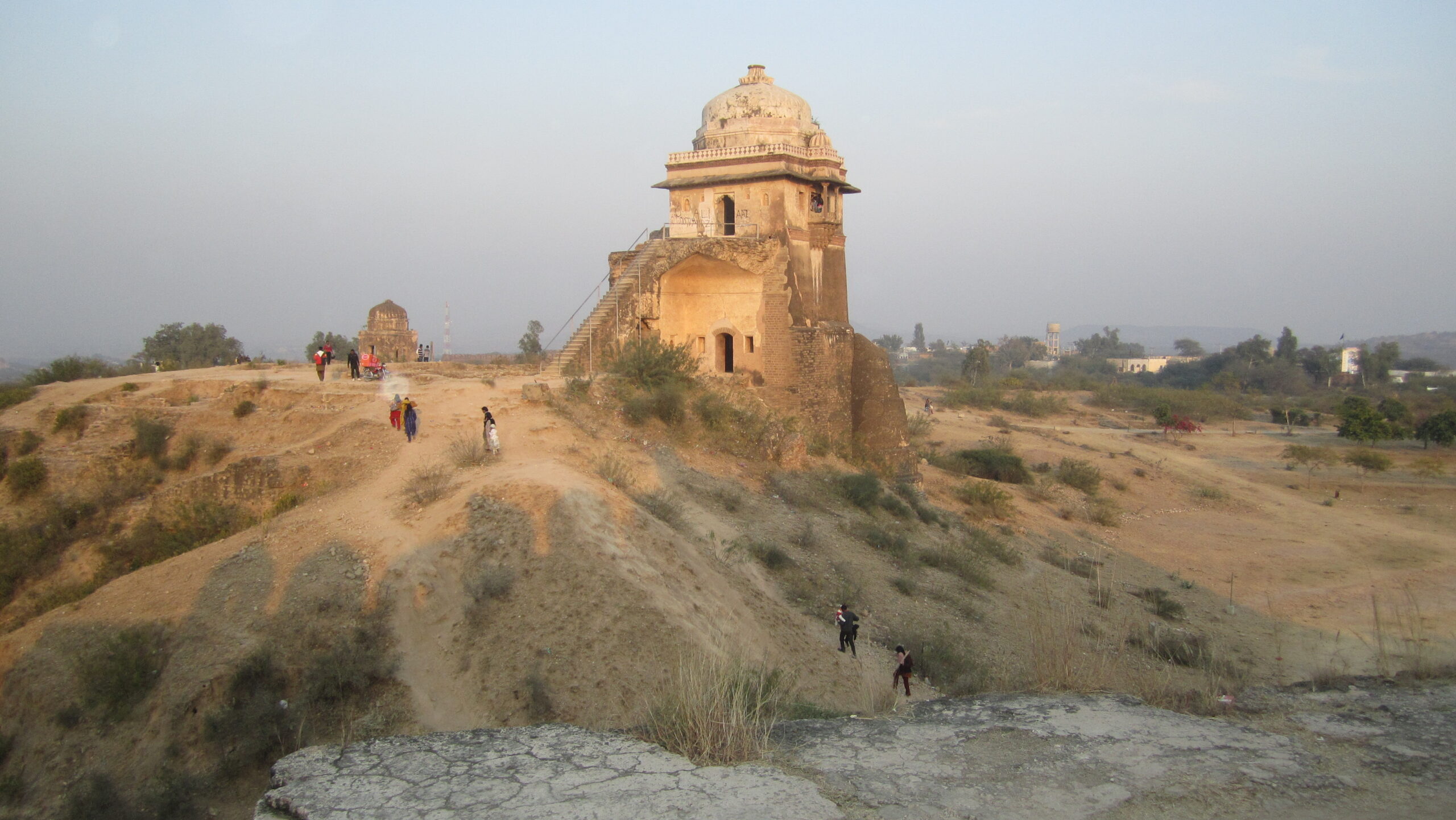
- Profile
- Reviews 0
- Contact Author
- prev
- next
Description
Rohtas Fort, one of the largest forts in South Asia, is a majestic and unique specimen of pure military architecture in the whole subcontinent. Sher Shah Suri, whose original name was Farid Khan, ordered for its construction to Todar Mall Khatri and Shaho Sultan in 948 A.H/1541 A.D. Its construction was completed in 1548 A.D, in a record time of seven years.
Indigenously Sher Shah Suri belonged to Rawa, a famous town in Afghanistan. His paternal grand father named "Ibrahim Suri" came to Hindustan with his son "Hasan Khan Suri" on special request of "Bahlol Lodhi" (1451-1489) and settled in the Pargana of Narnual. Sher Shah Suri, the founder of the Suri dynasty, was born in 1486 A.D at Sahsaram (India) while died in the battle of Kalinjar in 1545 A.D. He rendered his services for Jalal Khan, Ibrahim Lodhi, Bahar Khan Lohani and Mughal emperor Zahir-u-Din Babar for some time. Later on, he got the control of Bihar and Bengal by his wisdom and marched towards Dehli. He defeated Mughal emperor Humayun in the battle of Chaunsa and Kanaujin 1539 a.d. getting the control of different areas when Sher Shah Suri reached at this strategic location, he ordered for the construction of a gigantic fort. The basic aim to construct the fort was to keep a check on the possible return of the Mughal emperor Humayun, who had fled to Iran, the Kashmirians and the turbulent Ghakhars, the old friends of the Mughals.
The circumference of this gigantic fort, irregular in plan, is more than 4 kilometers while the inner covered area is about 175 acres. The massive fortification is composed of two to three terraces runs along the natural contours of the hillock. The massiveness of the wall varies from 30ft to 40ft while the height varies from 50ft to 80ft. The fortification is strengthen with 72 bastions, pierced with fourteen gates and provided with about 2377 battlements having machicolation and loopholes for the musketry and pouring molten lead or hot water on the enemy.
The interior of the fort is divided into two parts by a massive cross wall. The upper well defended western end of the fort, used by the royal chieftains and elites, called "Anderkot" while the rest part of the fort which was used by the common people, manufacturers and soldiers is called "Military Area" or "Main Fort" ander kot is composed of two residential buildings named as "Haveli Maan Sing" and "Rani Palace". The pure Muslim architectural structure that provides complete details of architectural style of the Suri period is shahi mosque which facade has been decorated with projected "Chajja" over the brackets, recessed niches, miniature battlements and medallions. To meet the need of self-sufficiency in water, there are also three step wells within the fort called "Baolis".
Keeping in view the art, architectural, historical and archaeological importance of Rohtas Fort, it was inscribed on world heritage list in 1997 ad and stands protected under the antiquities act 1975.
It is prohibited to damage, alter or deface any part of the monument. Defaulters will be punished with rigorous imprisonment up to three years or fine of five thousand rupees or both.
By the order of director general department
of archaeology & museums govt. Of Pakistan.
===
Location:
Rohtas Fort is located around 16 kilometers from the city of Jhelum, a city in Punjab province, Pakistan. The fort is easily accessible from major cities like Islamabad and Lahore via the Grand Trunk (GT) Road. It is approximately a two-hour drive from Islamabad (roughly 120 kilometers away) and about a four-hour drive from Lahore (210 kilometers).
Jhelum itself is an important city known for its history and strategic location near the Jhelum River, which played a role in many ancient battles, including the famous battle between Alexander the Great and King Porus in 326 BCE.
Amenities Detail
Food and Refreshments: Although there are no large restaurants within the fort complex itself, visitors will find small kiosks and tea stalls around the entrance selling snacks, beverages, and water. For more elaborate dining, Jhelum city has numerous eateries and restaurants offering local and international cuisine.
Shaded Rest Areas: Throughout the fort, there are shaded areas and benches where you can take breaks.
Guided Tours: Local guides are available at the entrance. Hiring a guide is highly recommended as they provide valuable insights into the history and architecture of the fort. The fees for guides are negotiable and generally affordable.
Video
Visiting Guide
Since the fort is spread across a large area with some uneven terrain, here are some essentials to make your visit comfortable:
Best Time to Visit: The fort can be visited year-round, but the best times to explore it are during spring (March-May) and autumn (September-November) when the weather is pleasant and ideal for outdoor sightseeing. Summers (June-August) in Punjab can be extremely hot, with temperatures soaring above 40°C (104°F), making it less comfortable to tour the fort. Winter (December-February) is relatively mild but can be foggy in the mornings.
Comfortable Walking Shoes: The fort grounds are extensive, with some steep and rocky paths.
Sunscreen, Sunglasses, and a Hat: If visiting during the warmer months, protection from the sun is essential.
Water: Carry enough water as the fort can be hot and dry, especially during the day. Limited refreshments are available on site.
Snacks: You might want to bring some snacks if you plan on spending several hours at the fort, as dining options are minimal within the fort itself.
Closed
Open hours today: 8:00 am - 6:00 pm
Toggle weekly schedule
Monday
8:00 am - 6:00 pm
Tuesday
8:00 am - 6:00 pm
Wednesday
8:00 am - 6:00 pm
Thursday
8:00 am - 6:00 pm
Friday
8:00 am - 6:00 pm
Saturday
8:00 am - 6:00 pm
Sunday
8:00 am - 6:00 pm
September 12, 2025 4:21 am local time
Categories
City & District/County
Region/State/Province
How To Reach
Altitude
- 300 ft | 91 m | Above Sea Level

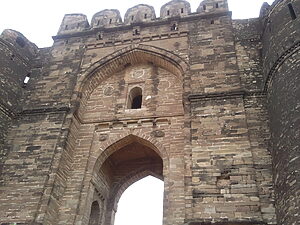
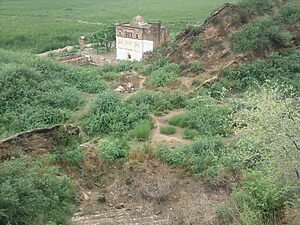


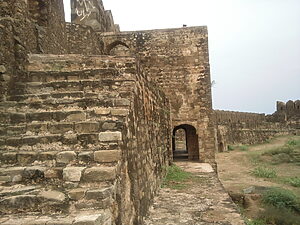
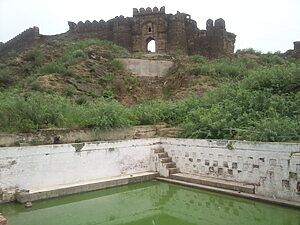
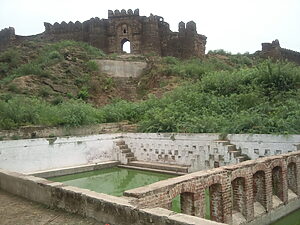
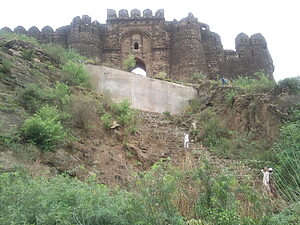

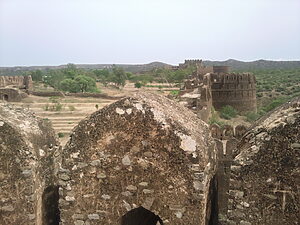
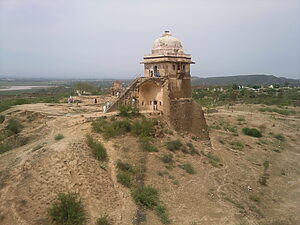
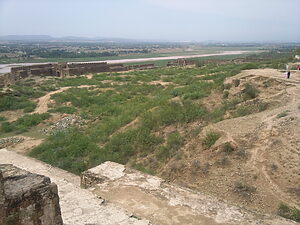
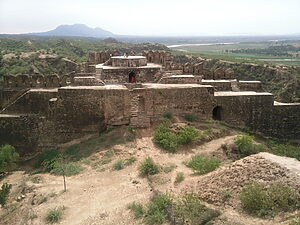

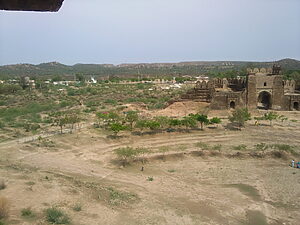
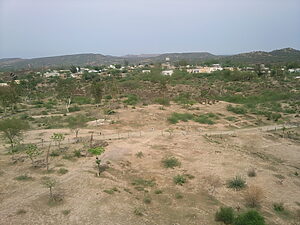
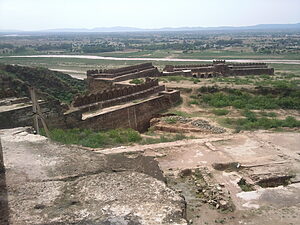
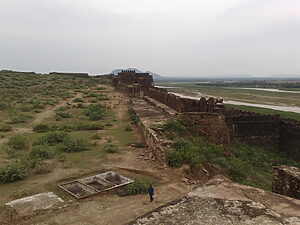
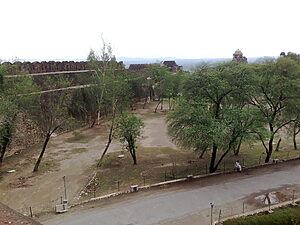
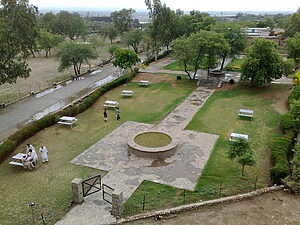
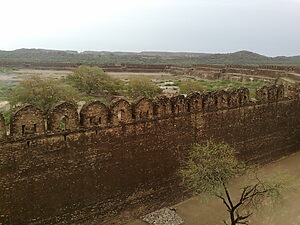
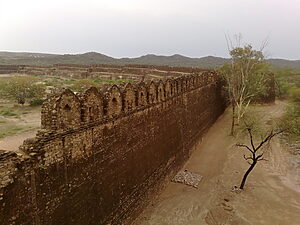
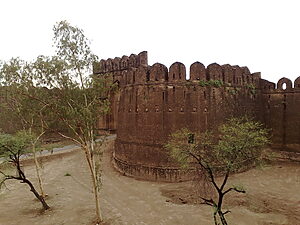
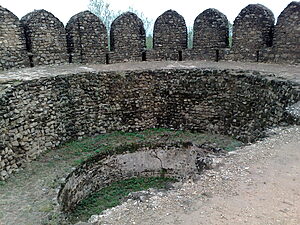
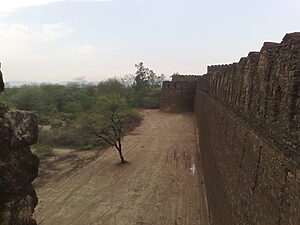
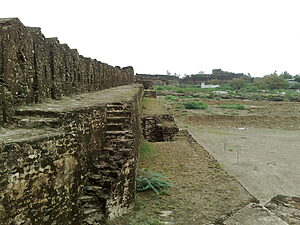
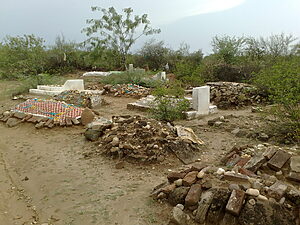
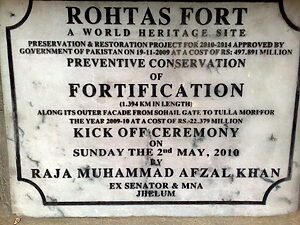
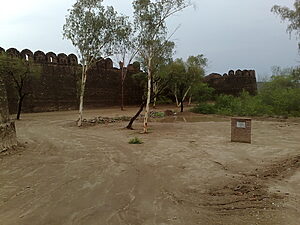
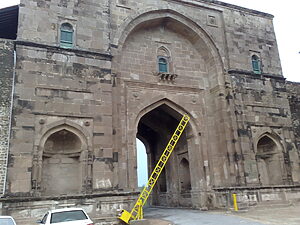
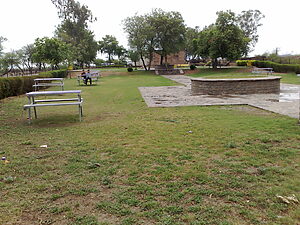
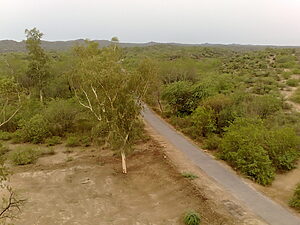
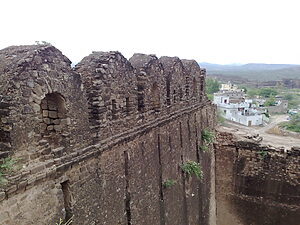
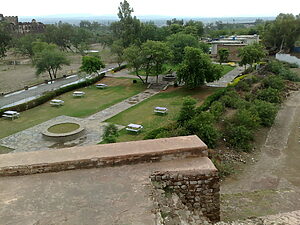

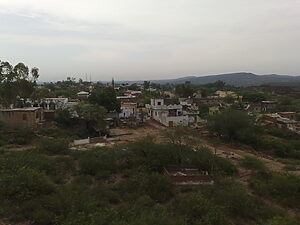
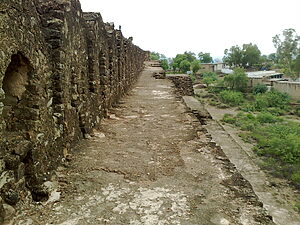
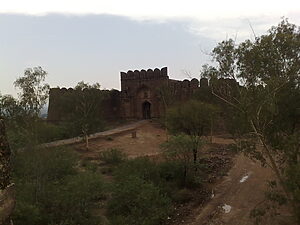
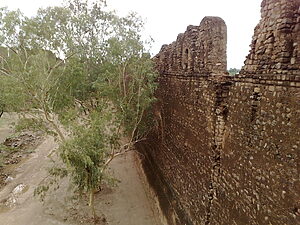
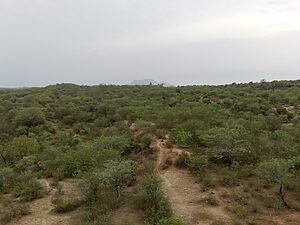
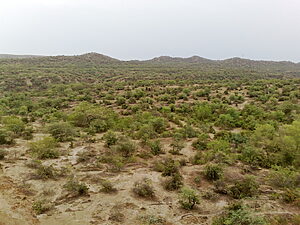
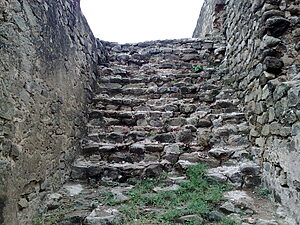
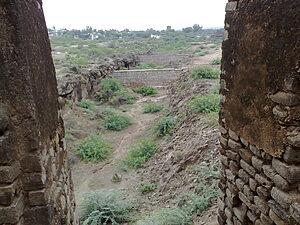
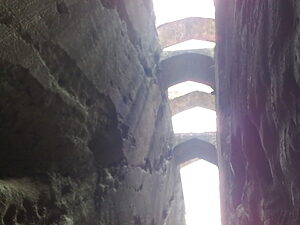
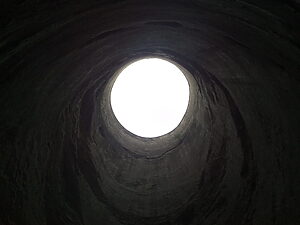
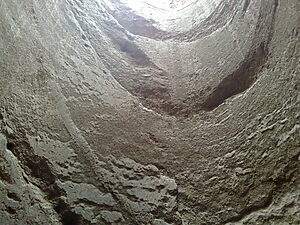
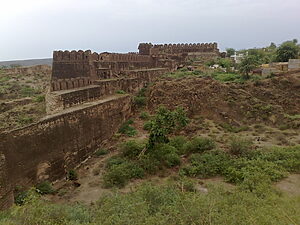
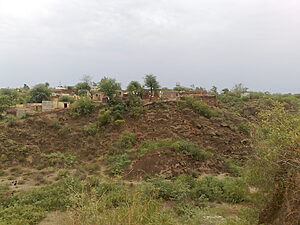

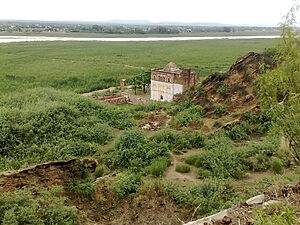
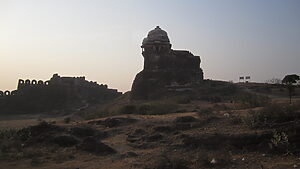
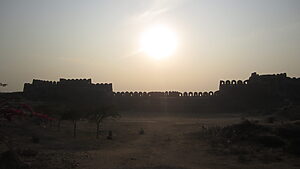
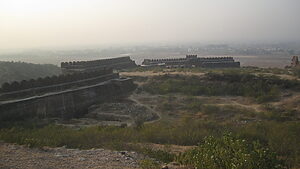

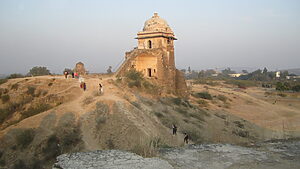
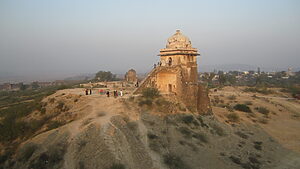
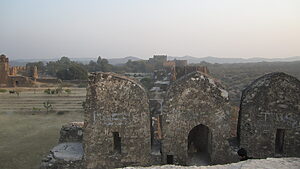
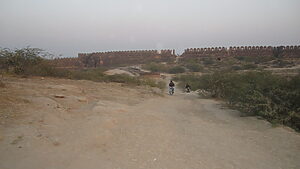
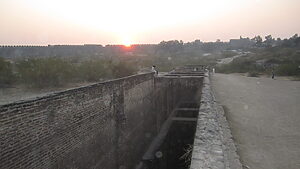
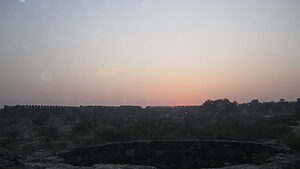
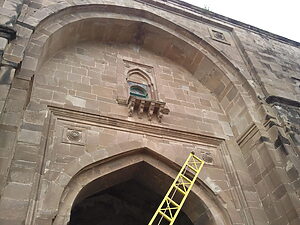
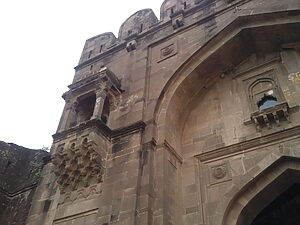
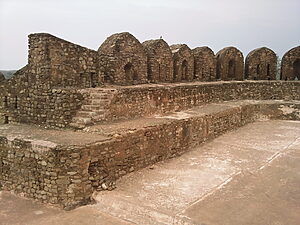
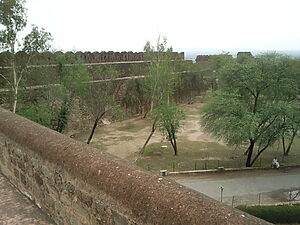

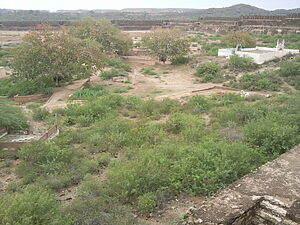
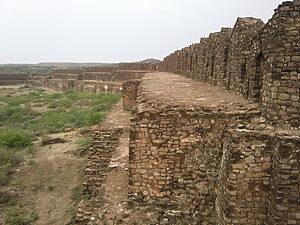
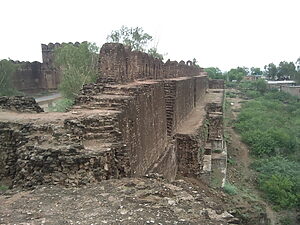


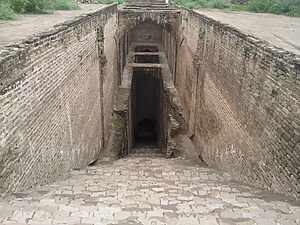

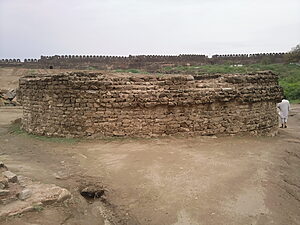
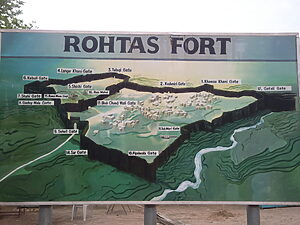
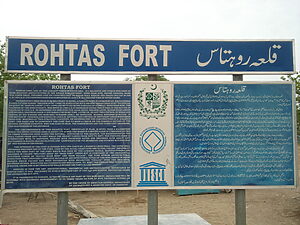

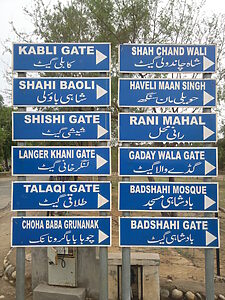

Add a review